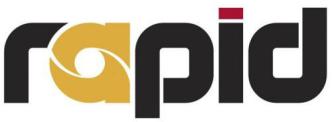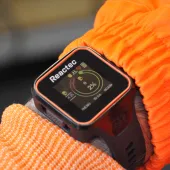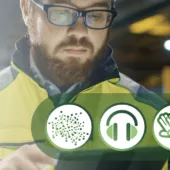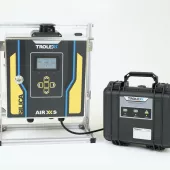Hillhead debut for DustCanary
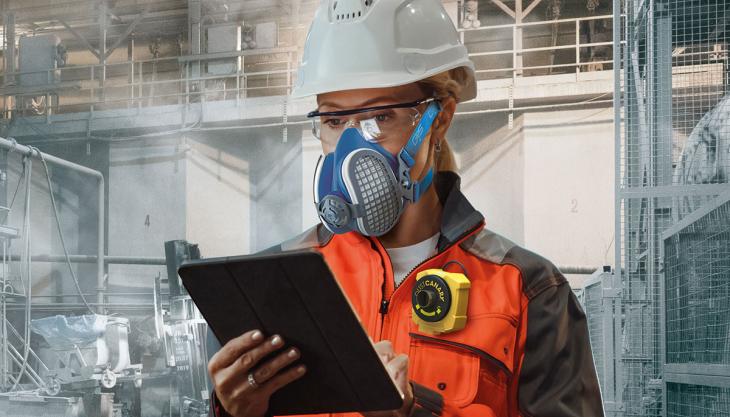
Advanced, lightweight, wearable personal dust monitors to make first appearance at Hillhead
DustCanary will be demonstrating recent developments in lightweight, wearable personal dust monitors to help protect workers in the minerals and construction industries from dust exposure.
Dust from industrial processes including quarrying and construction, can pose various health risks, including respiratory problems and diseases, for workers breathing the dust over both the short term and the long term.
Respirable crystalline silica (RCS), in particular, can cause severe lung function impairment. Dust-control measures, therefore, are prioritized as part of industrial operations to ensure protection for workers and the environment.
To mitigate the risks posed by dust, daily real-time monitoring of personal exposure to dust can detect and warn of changes to exposure levels and provide enhanced protection for workers and employers.
DustCanary monitors are compact with no sampling tubes or waist-worn pumps, thereby avoiding catch hazards. They provide real-time visual and audible alarms to warn when a worker is being exposed to increased respirable dust, including RCS.
Weighing just 95g – up to five times lighter than other current devices – and small enough to be worn on a lapel, the monitor can be placed in the breathing zone of the worker, eliminating the need for a belt or shoulder strap.
Utilizing patented technology developed by the Defence Science and Technology Laboratory (Dstl) and the University of Hertfordshire, the device is said to represent a major leap forward in air quality measurement.
William Averdieck, founder of DustCanary, commented: ‘This technology is a game-changer, replacing old and cumbersome monitoring equipment with advanced, lightweight, wearable devices that provide detailed real-time information about levels of dust particles in the workplace.
‘The DustCanary range can play a key part in monitoring dust levels to provide feedback that local exhaust and ventilation systems are working correctly, and work practices are adequately controlling dust levels to protect workers’ health and achieve compliance with Workplace Exposure Limits.’


